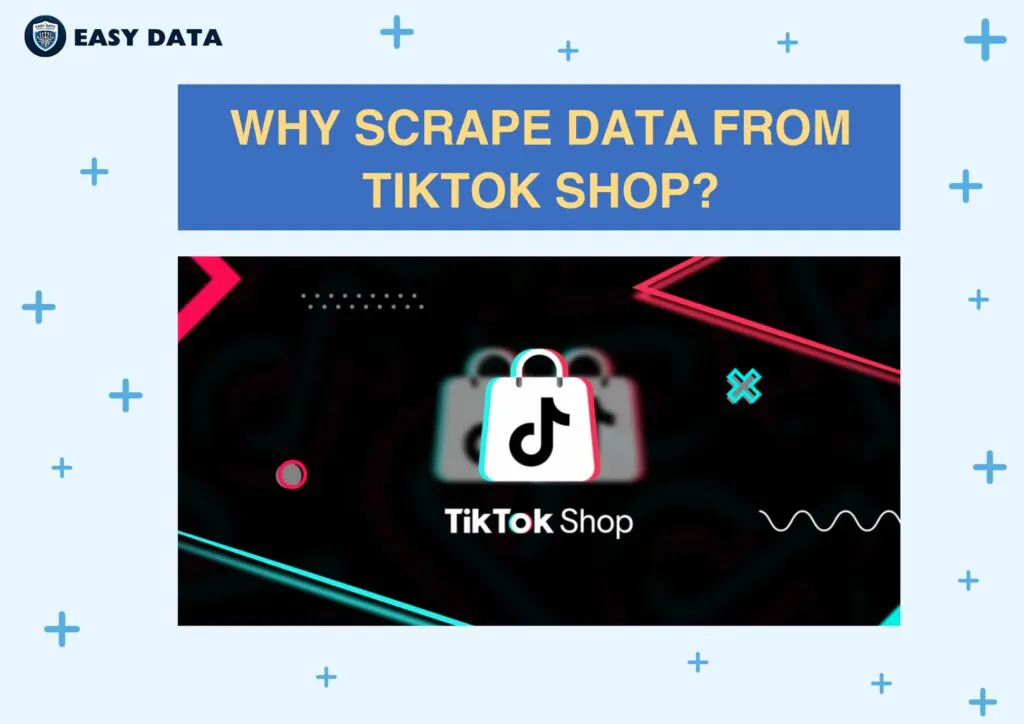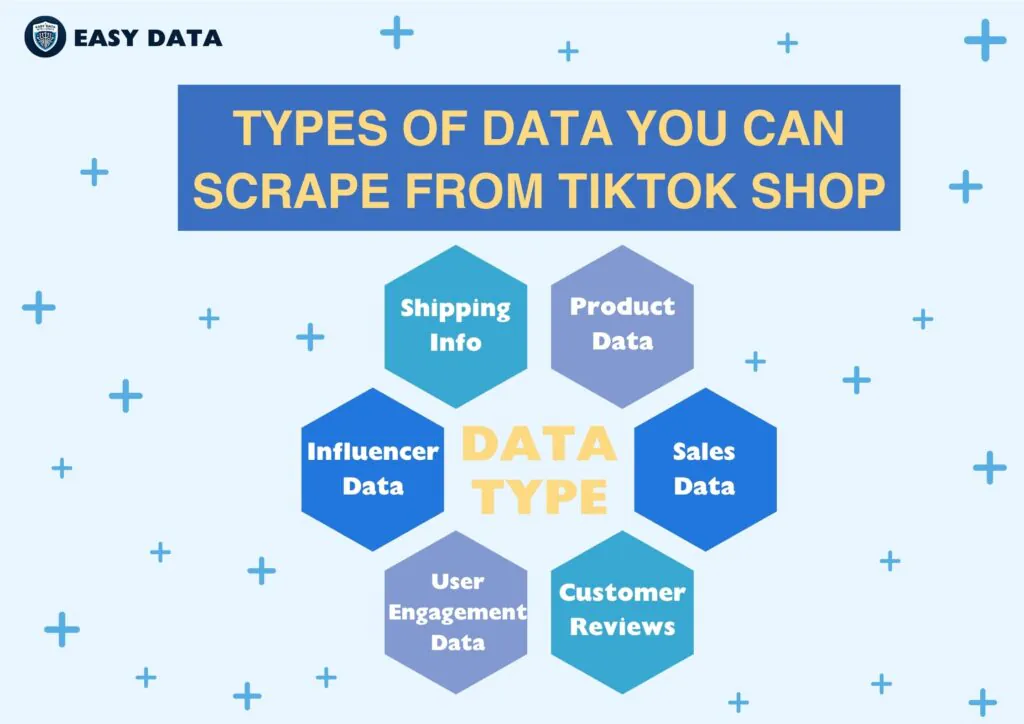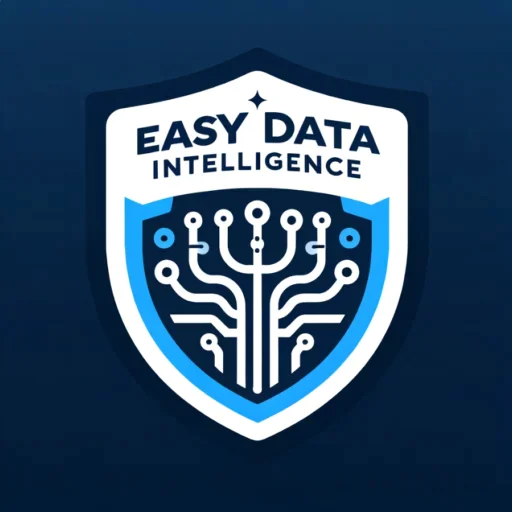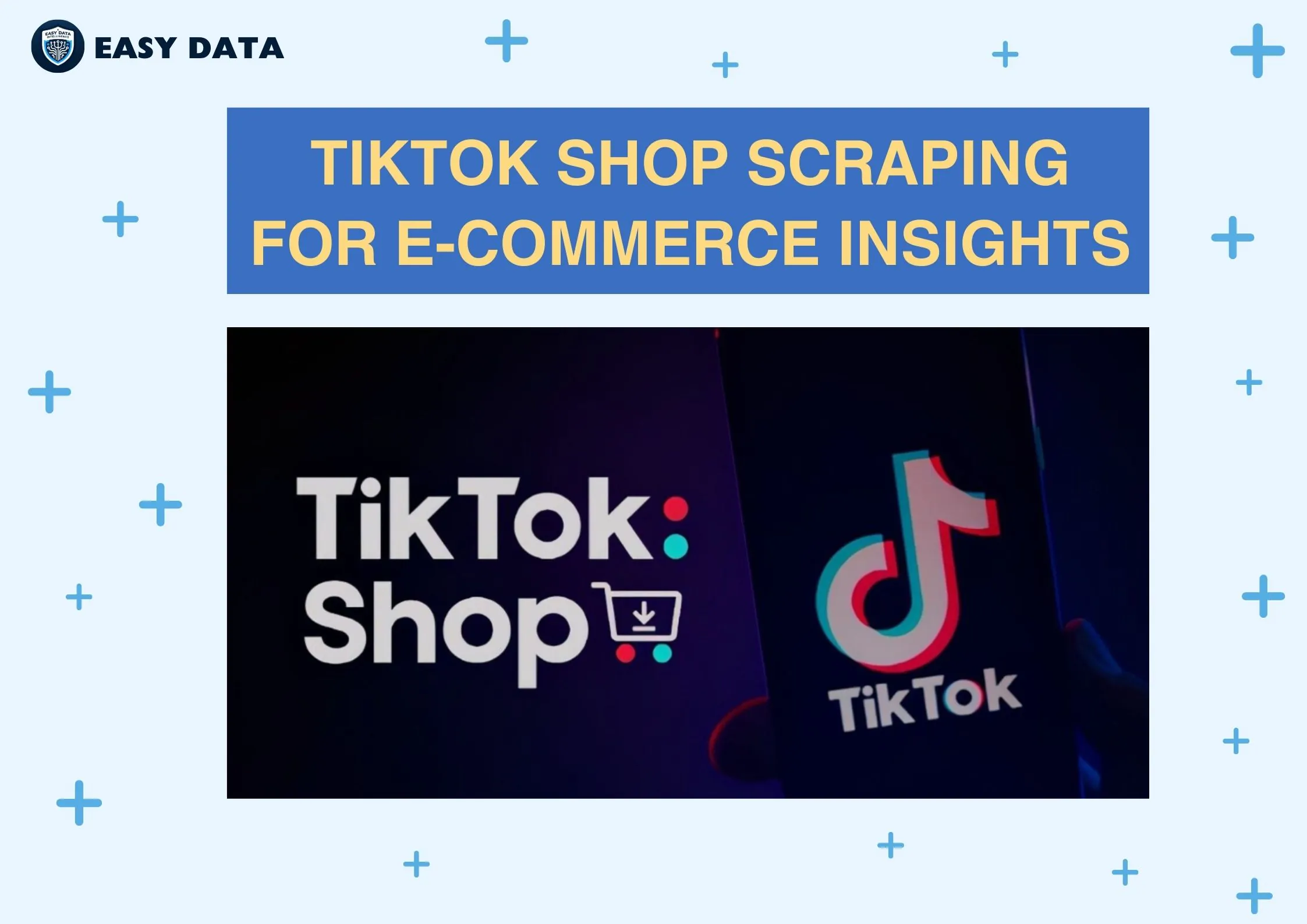TikTok has transformed from a platform primarily for entertainment into a dynamic e-commerce marketplace with the launch of TikTok Shop. This feature allows businesses and influencers to sell products directly on the platform, leveraging TikTok’s immense user base and engaging content format. As e-commerce on TikTok grows, the importance of data-driven decision-making cannot be overstated.
TikTok Shop data scraping refers to the process of automatically extracting public data from TikTok Shop to gain insights into customer behavior, competitor performance, pricing trends, product offerings, and more. This article explores the fundamentals of TikTok Shop data scraping, its benefits, the tools and techniques required, and the legal considerations involved.
- What Is TikTok Shop Data Scraping?
- Why Scrape Data from TikTok Shop?
- Types of Data You Can Scrape from TikTok Shop
- Tools and Techniques for TikTok Shop Data Scraping
- Step-by-Step Guide to Scraping TikTok Shop Data
- Legal and Ethical Considerations
- Challenges of TikTok Shop Data Scraping
- Case Studies: Successful Data Scraping in E-commerce
- Conclusion
What Is TikTok Shop Data Scraping?
TikTok Shop data scraping involves using automated tools to collect publicly available information from TikTok Shop. This can include product listings, customer reviews, pricing data, and engagement metrics. By converting unstructured data into structured formats, businesses can analyze this information to uncover trends and inform their strategies.
Scraping TikTok Shop data can help businesses track competitors, identify emerging trends, and optimize their product offerings, among other advantages. As TikTok continues to evolve as a marketplace, scraping data becomes a valuable asset for e-commerce brands.
The Role of Data in E-commerce
Data plays a pivotal role in e-commerce, influencing various aspects of business operations. From product development to marketing strategies, data-driven insights enable brands to make informed decisions and adapt to changing market conditions. In a landscape as dynamic as TikTok, the ability to access and analyze real-time data can provide a significant competitive advantage.
- Informed Decision-Making: Brands can base their decisions on real data rather than assumptions or gut feelings. This leads to more effective strategies and resource allocation.
- Personalized Customer Experiences: Data analysis helps brands understand customer preferences, enabling them to tailor their offerings and marketing messages.
- Trend Forecasting: By monitoring data trends, businesses can anticipate changes in consumer behavior and adapt their strategies accordingly.
- Performance Measurement: Data allows brands to track the effectiveness of their campaigns, helping them understand what works and what doesn’t.
Why Scrape Data from TikTok Shop?
There are several compelling reasons to consider TikTok Shop data scraping for your e-commerce business:

1. Competitive Analysis
Data scraping allows businesses to monitor competitors’ activities, pricing strategies, and product offerings in real time. By understanding competitor strengths and weaknesses, brands can refine their own strategies and differentiate themselves in the market.
2. Market Trend Identification
By scraping data on trending products, businesses can identify popular items and capitalize on consumer interest. This enables brands to adjust their inventories and marketing strategies accordingly, ensuring they are aligned with market demand.
3. Customer Behavior Insights
Scraping customer reviews and engagement metrics helps businesses understand consumer preferences and pain points. This knowledge allows for targeted product improvements and enhancements, ultimately leading to higher customer satisfaction and loyalty.
4. Dynamic Pricing
Keeping track of competitor pricing enables businesses to make real-time pricing adjustments to remain competitive. Scraping pricing data helps brands identify pricing trends and optimize their pricing strategies to maximize profits.
5. Product Performance Tracking
Regularly scraping data from TikTok Shop helps businesses assess the performance of their own products, monitor sales volumes, and gauge customer feedback. This information is crucial for inventory management and product optimization.
6. Influencer and Affiliate Monitoring
Many brands leverage influencers to promote their products on TikTok Shop. Scraping data on influencer performance—such as engagement rates and reach—enables businesses to assess the effectiveness of their partnerships and refine their influencer marketing strategies.
Types of Data You Can Scrape from TikTok Shop
Understanding the types of data that can be scraped from TikTok Shop is essential for designing an effective scraping strategy. Here are some of the most valuable data points:

1. Product Data
- Product Titles: Extracting names and descriptions of products helps in tracking competing listings and understanding consumer appeal.
- Prices: Monitoring product prices enables brands to stay updated on market trends and competitor pricing strategies.
- Discounts and Promotions: Scraping data on discounts helps businesses take advantage of promotional opportunities and adjust their marketing tactics accordingly.
- Categories: Tracking product categories provides insight into market segmentation and consumer behavior.
2. Sales Data
- Units Sold: Extracting sales volumes helps businesses identify which products are best-sellers and which are underperforming.
- Sales Trends: Monitoring sales trends over time can reveal seasonal patterns and demand fluctuations.
3. Customer Reviews
- Ratings: Scraping customer ratings gives brands insight into product satisfaction and helps identify areas for improvement.
- Review Content: Analyzing customer reviews provides qualitative insights into consumer experiences and preferences.
4. User Engagement Data
- Likes, Comments, and Shares: Scraping engagement metrics allows businesses to assess the impact of their content and products on users.
- Video Views: Monitoring video view counts can indicate product visibility and potential conversion rates.
5. Influencer Data
- Influencer Engagement: Tracking influencer activity on TikTok Shop helps businesses evaluate the success of influencer partnerships.
- Sponsored Product Mentions: Scraping data about product mentions in influencer content helps brands assess reach and impact.
Tools and Techniques for TikTok Shop Data Scraping
The tools and techniques you choose for TikTok Shop data scraping will depend on your technical expertise and the scale of your scraping project. Here are some popular options:
1. No-Code Web Scraping Tools
For non-technical users, no-code scraping tools offer an intuitive way to extract data from TikTok Shop without programming knowledge.
Octoparse
Octoparse is a cloud-based web scraping tool that features a user-friendly interface. It allows users to create custom scraping workflows, schedule scrapes, and export data in multiple formats like CSV or Excel. The tool’s visual point-and-click interface makes it accessible for beginners, while its advanced features cater to more experienced users.
ParseHub
ParseHub is another visual web scraping tool that can handle complex websites, including those with dynamic content. It provides a point-and-click interface that enables users to easily define data extraction rules. ParseHub also allows for scheduling and automated scraping, making it suitable for ongoing data collection.
DataMiner
DataMiner is a browser extension for Google Chrome and Microsoft Edge that allows users to scrape data directly from websites. It’s suitable for smaller projects and can be helpful for quick data collection from TikTok Shop. Users can choose from pre-built recipes or create their own to extract specific data points.
2. Python-Based Web Scraping
For more advanced users, Python-based web scraping provides greater flexibility and customization options.
BeautifulSoup
BeautifulSoup is a popular Python library for web scraping. It allows users to parse HTML documents and extract specific data points, making it a powerful tool for scraping product information and reviews from TikTok Shop. BeautifulSoup is especially useful when combined with requests to handle HTTP requests and HTML parsing.
Scrapy
Scrapy is a comprehensive web scraping framework designed for large-scale projects. It enables users to create complex spiders that can navigate multiple pages and handle dynamic content. Scrapy also has built-in features for exporting data in various formats, making it an excellent choice for serious data collectors.
Selenium
Selenium is a Python library that automates web browser actions, making it ideal for scraping websites that require user interaction. It can handle JavaScript-heavy websites, allowing businesses to scrape data effectively from TikTok Shop. Selenium is particularly useful for dynamic sites where content is loaded after the initial page load.
3. APIs
While TikTok does not currently offer a dedicated public API for scraping marketplace data, brands that have access to TikTok’s Business API can extract specific data related to advertising performance, user engagement, and campaign metrics. Using APIs can provide structured data that is easier to work with compared to raw scraping.
Step-by-Step Guide to Scraping TikTok Shop Data
If you’re ready to begin scraping TikTok Shop data, follow this step-by-step guide to get started:
Step 1: Define Your Data Requirements
Before scraping, identify the specific data you need to achieve your business goals. This could include tracking product prices, sales data, customer reviews, or competitor activities. Clearly defining your objectives will help streamline the scraping process.
Step 2: Choose a Scraping Tool
Select a scraping tool based on your technical expertise and the complexity of your scraping needs. For non-coders, tools like Octoparse or ParseHub are ideal. For more advanced users, Python libraries like BeautifulSoup or Scrapy offer greater control.
Step 3: Set Up Your Scraper
Once you’ve chosen a tool, set up your scraper to extract the desired data from TikTok Shop. This may involve configuring the tool to navigate the site, selecting specific HTML elements to scrape (like product titles or prices), and testing the scraper to ensure accuracy.
Step 4: Run the Scraper
With everything set up, run your scraper to collect data from TikTok Shop. Depending on the tool, you can schedule scrapes to gather updated information over time.
Step 5: Store and Analyze the Data
After scraping, export the collected data to a structured format, such as CSV or Excel, for analysis. Use the data to inform your business decisions, whether that involves adjusting product pricing, refining your marketing strategies, or optimizing inventory management.
Step 6: Iterate and Optimize
Data scraping is not a one-time task; it’s an ongoing process. Regularly review and refine your scraping strategy based on your findings and market changes. This may involve adjusting the scraping frequency, expanding the data points you collect, or even pivoting your focus based on emerging trends.
Legal and Ethical Considerations
Before scraping data from TikTok Shop, it’s crucial to understand the legal and ethical implications of data scraping:
1. Terms of Service Compliance
Ensure that your scraping activities comply with TikTok’s Terms of Service. Violating these terms can result in account bans or legal action. Review TikTok’s policies to understand what data can be scraped and the permissible methods for doing so.
2. Respect for Privacy
While public data can be scraped, it’s essential to respect user privacy. Avoid collecting personally identifiable information (PII) and ensure that your scraping activities do not harm or exploit users.
3. Data Usage Ethics
Use the scraped data ethically and responsibly. Avoid engaging in practices that could mislead consumers, such as using scraped data to undercut competitors unfairly. Maintain transparency with your customers about how you use their data to foster trust.
4. Legal Regulations
Familiarize yourself with relevant data protection regulations, such as the General Data Protection Regulation (GDPR) or the California Consumer Privacy Act (CCPA). Ensure that your scraping practices align with these laws to avoid potential legal repercussions.
Challenges of TikTok Shop Data Scraping
While TikTok Shop data scraping offers numerous benefits, it also presents certain challenges that businesses should be aware of:
1. Technical Barriers
For non-technical users, setting up a data scraping operation can be complex and may require a learning curve to understand the tools and techniques involved. Businesses may need to invest time in training or hire experts to navigate technical challenges.
2. Dynamic Content
TikTok Shop’s content may change frequently, requiring businesses to adapt their scraping strategies continuously. This can complicate the scraping process and require regular adjustments to the scraping setup. Keeping up with changes in site structure or content delivery can be time-consuming.
3. Legal Risks
As mentioned earlier, businesses must navigate legal and ethical considerations when scraping data. Non-compliance with regulations can result in serious consequences, including fines or litigation.
4. Data Quality and Accuracy
Ensuring the accuracy and reliability of scraped data can be challenging, especially if the scraping process is not configured correctly. Businesses must validate their data sources to ensure quality and may need to implement data cleaning processes to address inaccuracies.
Case Studies: Successful Data Scraping in E-commerce
1. Case Study: Fashion Retailer
A fashion retailer used TikTok Shop data scraping to track competitor pricing and customer reviews for their product lines. By analyzing this data, they identified pricing strategies that maximized sales while maintaining competitiveness. They also used customer feedback to make product adjustments that enhanced customer satisfaction.
2. Case Study: Beauty Brand
A beauty brand leveraged data scraping to monitor trends in makeup products on TikTok Shop. By identifying trending products and hashtags, they were able to create targeted marketing campaigns that aligned with consumer interests, resulting in a significant increase in engagement and sales.
3. Case Study: Home Decor Business
A home decor business used data scraping to analyze influencer partnerships on TikTok. By tracking engagement metrics and product mentions, they refined their influencer strategy, resulting in higher conversion rates and improved ROI on their marketing efforts.
Conclusion
TikTok Shop data scraping is an invaluable tool for e-commerce businesses seeking to gain insights and stay competitive in a rapidly evolving marketplace. By extracting data on product performance, pricing trends, customer behavior, and competitor strategies, brands can optimize their offerings and enhance their marketing efforts.
While the process of data scraping comes with its own set of challenges and legal considerations, the potential benefits far outweigh the risks when executed properly. By embracing data scraping and leveraging the insights it provides, businesses can unlock new opportunities for growth and success on TikTok Shop.
In the age of data-driven decision-making, embracing TikTok Shop data scraping could very well be the key to thriving in the competitive world of e-commerce. As the platform continues to grow, businesses that harness the power of data will position themselves for long-term success.


Leave a Reply